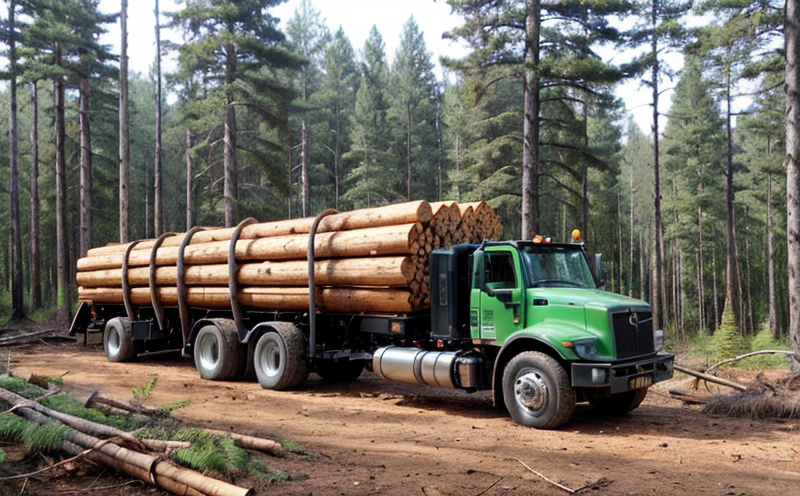Timber Density Testing
The measurement of timber density is a critical process in forestry and wood science. Timber density refers to the mass per unit volume of dry wood, excluding air pockets. This fundamental property plays an essential role in assessing the quality, strength, durability, and sustainability of timber products.
Accurate timber density testing helps manufacturers, engineers, and researchers make informed decisions about the suitability of different types of wood for various applications. For instance, higher-density timbers are often preferred for structural components due to their increased strength and stability. Conversely, lower-density woods may be more appropriate for aesthetic or lightweight applications.
Our laboratory utilizes state-of-the-art equipment such as pycnometers and Archimedes’ principle-based densitometers to measure timber density accurately. The testing process involves drying the wood samples at a specific temperature (typically 103°C) until they reach equilibrium moisture content, followed by precise weighing of both the wet and dry samples.
The results are then used for compliance with international standards like ISO 62:2017, which specifies methods for determining the density of wood. Compliance is crucial in ensuring that products meet industry specifications and regulatory requirements. Additionally, timber density testing aids in optimizing production processes, enhancing product quality, and improving sustainability practices.
Understanding the density of different species also helps in predicting how timber will perform under various environmental conditions. This knowledge is vital for selecting appropriate materials for construction projects or other commercial applications where wood is used as a primary component.
In summary, timber density testing provides valuable insights into the characteristics and potential uses of various types of wood. By leveraging this information, stakeholders within the agriculture and forestry sectors can make more informed decisions that contribute to better product performance and environmental stewardship.
Benefits
- Enhanced Quality Assurance: Accurate density measurements ensure consistent quality across all batches of timber products, reducing defects and improving overall customer satisfaction.
- Informed Decision-Making: Understanding the density helps in selecting the most suitable wood species for specific applications, leading to optimized use of resources and reduced waste.
- Regulatory Compliance: Meeting international standards like ISO 62:2017 ensures that products comply with local regulations and industry expectations.
- Sustainability Practices: By optimizing the use of timber based on its density, companies can minimize resource consumption and promote sustainable forestry practices.
Industry Applications
Timber density testing is widely applied across various sectors within agriculture and forestry. In construction and architecture, it assists in selecting appropriate wood for beams, columns, and other structural elements. For furniture manufacturing, understanding the density helps in achieving desired aesthetics while ensuring durability.
In packaging industries, timber density can influence the choice of materials that balance strength with weight considerations. Additionally, in pulp and paper production, accurate density measurements ensure optimal fiber selection leading to higher quality end products.
Forestry management benefits from this testing by being able to assess tree health and growth rates more effectively. This data supports better forest planning and management practices contributing towards long-term sustainability goals.
Environmental and Sustainability Contributions
- Resource Optimization: By accurately determining the density, manufacturers can optimize their use of raw materials, minimizing waste and reducing environmental impact.
- Fuel Efficiency: In transport logistics, knowing the exact weight of timber loads ensures fuel efficiency and cost savings.
- Biodiversity Preservation: Sustainable harvesting practices informed by this data help preserve natural habitats and maintain biodiversity levels.
The accurate measurement of timber density contributes significantly to promoting sustainable forestry. It aids in reducing deforestation pressures, encouraging responsible forest management techniques, and supporting initiatives aimed at carbon sequestration through improved land use practices.





